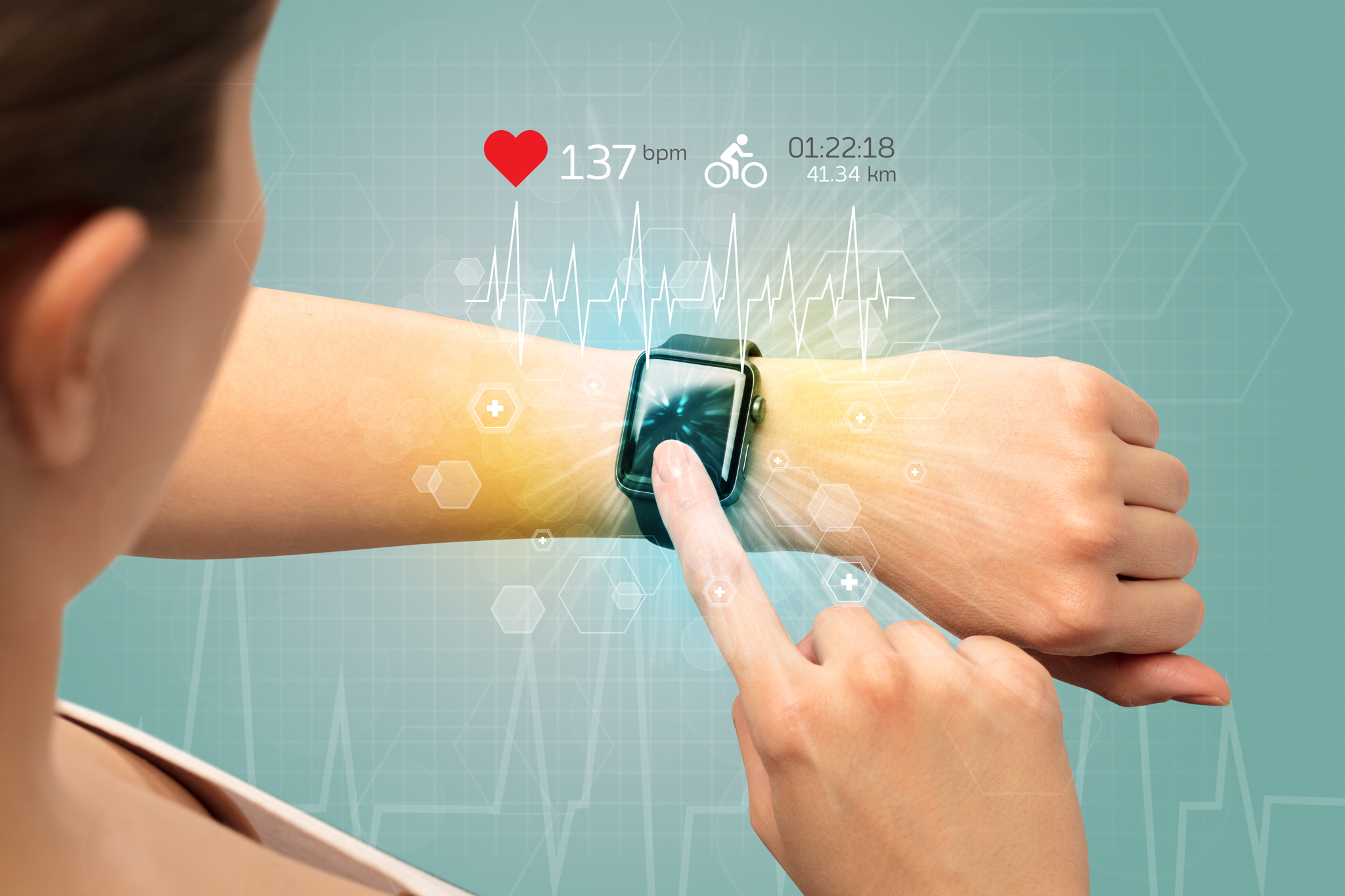Getting away from snapshots at medical examinations thanks to wearable sensors with medical-grade data quality

A lot of us have been there: you feel unwell the whole time, but as soon as you enter the doctor’s office, the symptoms vanish. Up to now, doctors could record the patient’s state of health only at the time of the examination. At Fraunhofer IIS, we want to get away from such snapshots. “Using wearable sensors with medical-grade data quality, we want to continuously measure the symptoms of chronic illnesses – and so improve the treatment,” explains Assistant Professor and sport scientist Dr. Heiko Gaßner, group leader at Fraunhofer IIS and at Universitätsklinikum Erlangen.
In the case of Parkinson’s disease, for example, sensors on the patient’s shoes can recognize the typical shuffling gait and generate clinical added value by means of objective parameters. Similar approaches are conceivable for heart rate measurement in cardiology or measuring stress levels in psychosomatic medicine. In the Fraunhofer Attract program DHPcare, Gaßner’s team has already fitted some patients with sensors and carried out initial investigations. The results showed that environment and situation very much have an influence on the patients’ motor symptoms. In the EU study Mobilise-D, the team is working with the Universitätsklinikum Erlangen to investigate how to digitally capture patients’ mobility in everyday life. The aim is to define an objective outcome parameter that allows pharmaceutical companies to test the effectiveness of their drugs.